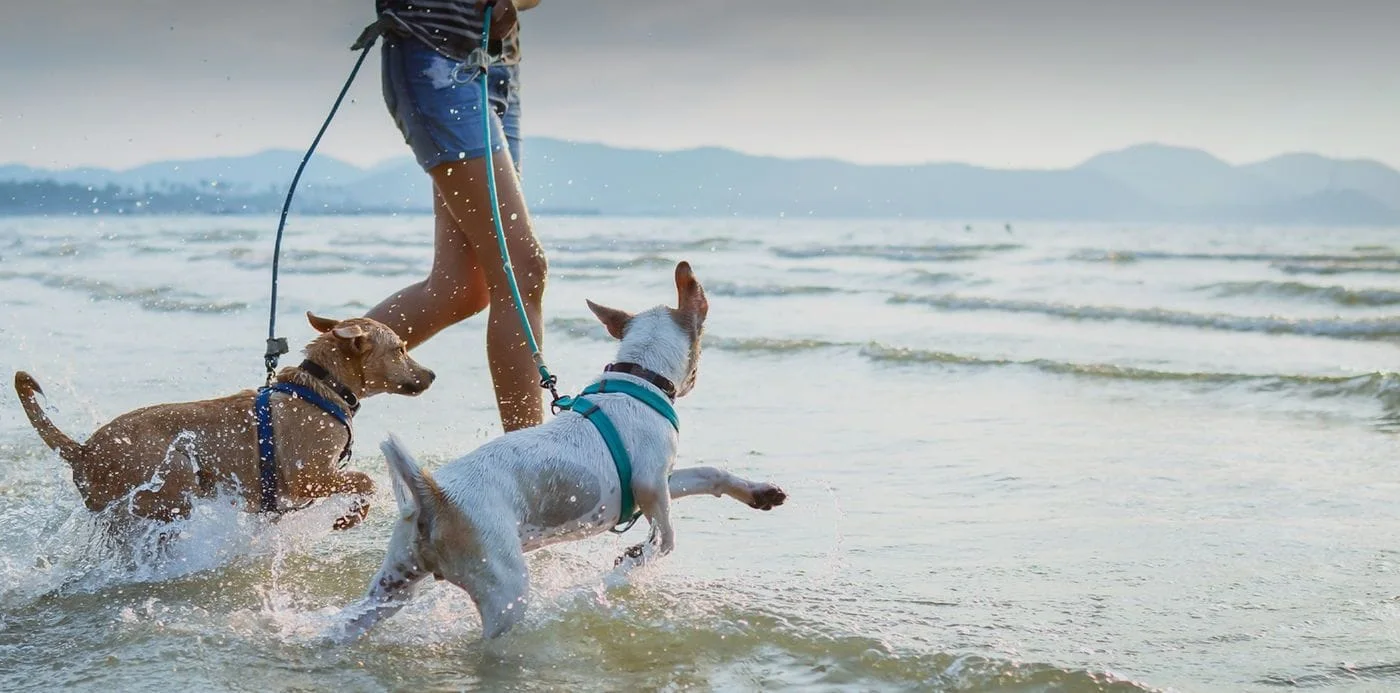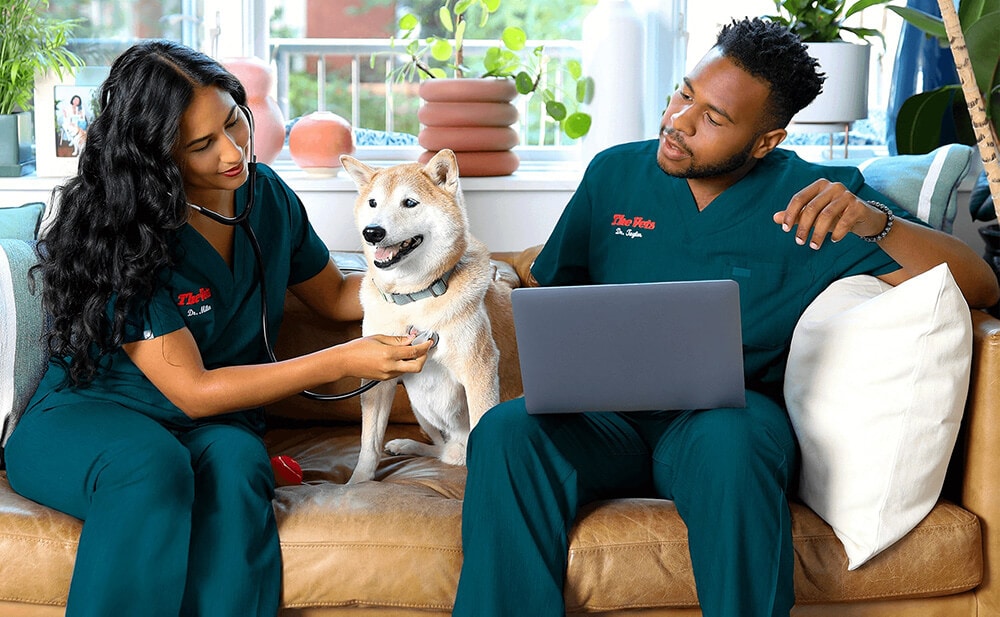Why Every Pet Parent in Bellingham Should Have a Go-To 24 hour vet bellingham
Why Every Pet Parent in Bellingham Should Have a Go-To 24 hour vet bellingham
Blog Article
All Regarding Veterinarian Surgery: Comprehending the Significance of Specialist Look After Your Animals
Veterinary surgical treatment is an important part of animal medical care. It encompasses different treatments, from regular optional surgical procedures to immediate interventions. Comprehending the details of these surgical procedures can help pet owners make notified decisions. The prep work, implementation, and healing stages are crucial for making sure the wellness of pets. With appropriate understanding, proprietors can browse the intricacies of veterinary care. What variables should be thought about before an animal goes through surgical treatment?
Types of Veterinarian Surgeries
When a family pet requires surgical treatment, understanding the different kinds of vet surgeries can help pet dog proprietors make educated choices. Vet surgeries can be generally categorized right into 3 major kinds: elective, urgent, and emergency situation surgical treatments. Elective surgical procedures, such as spaying or neutering, are prepared treatments that are not immediately deadly. Urgent surgeries, like those for international body removal, should be executed soon yet are not lethal in the minute. Emergency surgeries, such as those addressing severe trauma or inner bleeding, are important and call for immediate attention.Additionally, surgeries can differ in complexity, varying from minimally intrusive laparoscopic treatments to much more substantial open surgeries. Each kind of surgery carries its very own dangers and recuperation procedures. Understanding these categories allows animal proprietors to participate in significant discussions with veterinarians, bring about far better end results for their beloved animals.
Getting ready for Your Animal's Surgical treatment
Planning for a family pet's surgical procedure includes a complete checklist to guarantee all essentials are covered. Reliable interaction with the vet is important for comprehending the procedure and any necessary pre-operative steps - canine tplo surgery. Additionally, having clear post-operative care directions will certainly assist owners provide the finest support for their recouping pet dogs
Pre-Surgery List Basics
Assuring a smooth surgical experience for a pet dog needs careful preparation and focus to information. A pre-surgery checklist is crucial for pet owners to follow. Initially, confirming the arranged surgical procedure date and time is important. Proprietors need to additionally validate that their animal has actually not eaten according to the veterinarian's directions, normally for 8-12 hours before surgery. Gathering needed medical records, consisting of inoculation background, is vital for the vet's evaluation. It is additionally suggested to prepare a comfy room in your home for the animal's recovery after surgical treatment. Lastly, proprietors ought to have a prepare for transportation to and from the vet clinic, making sure that the animal is secure and comfortable throughout the journey. Complying with these steps can substantially improve the medical experience.
Communicating With Your Vet

Effective communication with the vet is important for an effective medical experience for pet dogs. Proprietors should be prepared to review their family pet's case history, consisting of any kind of pre-existing problems, medications, and allergies. This details helps the veterinarian assess risks and tailor the surgical plan appropriately. In addition, pet dog proprietors must ask concerns regarding the treatment, anesthesia, and expected outcomes to ensure they totally recognize the procedure. Clearing up any doubts can ease anxiousness for both the animal and the proprietor. It is also crucial to connect any kind of behavior adjustments or concerns observed in the animal leading up to the surgery. Ultimately, clear dialogue fosters count on and collaboration, making sure that pet dogs receive the ideal feasible treatment throughout their surgical journey.
Post-Operative Care Directions
After reviewing the surgery with the vet, pet proprietors ought to concentrate on post-operative care guidelines to assist in a smooth recovery for their pets. These directions typically consist of checking the surgical site for signs of infection, such as redness or discharge. Family pets may need to be kept one's cool and restricted to avoid too much motion that can disrupt healing. Discomfort monitoring is important, so owners must follow the vet's advice on carrying out medications. Furthermore, dietary restrictions may be recommended to avoid gastrointestinal trouble. Routine follow-up appointments are necessary to guarantee proper recovery and attend to any kind of problems. By adhering to these post-operative treatment directions, family pet owners can considerably contribute to their family pet's healing and general well-being.
The Surgical Refine Explained
The surgery for family pets incorporates crucial steps that assure their security and recuperation. Pre-surgery prep work are essential for minimizing threats, while post-operative care guidelines play an essential role in promoting healing. Comprehending these elements helps pet dog owners browse the surgical experience better.
Pre-Surgery Preparations
Prior to a pet dog undergoes surgical treatment, a number of essential preparations need to happen to assure a safe and successful procedure. First, a detailed vet examination is vital to find more info examine the pet's overall health and recognize any type of possible threats. This might consist of blood tests, imaging, or various other diagnostics. The veterinarian will likewise discuss anesthesia options customized to the pet's details requirements. In addition, family pet proprietors are normally instructed to keep food and water for a specified time before surgical procedure to lessen the danger of issues during anesthesia. It is necessary for owners to give a total clinical background, consisting of any medications or allergic reactions, ensuring the medical team has all essential information. Appropriate communication and adherence to pre-surgery guidelines can considerably boost the result of the procedure.
Post-Operative Treatment Standards
Proper post-operative care is necessary for ensuring a family pet's recovery complying with surgical treatment. After the treatment, family pets should be kept an eye on closely for any kind of signs of complications, such as extreme bleeding, swelling, or unusual habits. It is essential to adhere to the vet's instructions concerning medicines, consisting of painkiller and prescription antibiotics. Pet dogs must be maintained in a quiet, comfortable atmosphere to reduce stress and advertise healing. Restricting activity is vital; short, leashed walks might be required, but jumping or running need to be stayed clear of. Regular follow-up visits need to be arranged to examine the recovery procedure. Additionally, the surgical site needs to be kept clean and completely dry, with any kind of signs of infection reported to a veterinarian immediately. Sticking to these guidelines improves recovery outcomes.
Anesthetic and Discomfort Administration
Reliable anesthesia and discomfort monitoring are important elements of vet surgical procedure, making certain that pets remain comfy and safe throughout the procedure. Veterinarians analyze each pet's specific demands, taking right into account aspects such as age, weight, health condition, and the sort of surgery being performed.Anesthesia procedures typically consist of a combination of pre-anesthetic medicines, induction representatives, and inhalant anesthetics, enabling specific control over the pet's degree of awareness. Tracking during surgical treatment is crucial; vets continuously observe important indications to address any kind of potential complications promptly.Pain monitoring approaches might involve opioids, non-steroidal anti-inflammatory medications (NSAIDs), and regional anesthetics, customized to the pet dog's specific circumstance. This multifaceted approach aids minimize discomfort and promotes a smoother surgical experience. By focusing on reliable anesthesia and discomfort management, vet experts boost the general well-being of pet dogs undertaking procedures, ensuring they receive the highest standard of treatment.
Post-Operative Treatment and Recuperation
Adhering to surgery, the emphasis moves to post-operative care and healing, which is necessary for ensuring a family pet's risk-free go back to typical tasks. Throughout this period, animals call for a quiet, comfy atmosphere to aid recovery. Owners must carefully check their pet dogs for any type of signs of pain or unusual behavior.Veterinary standards usually consist of particular instructions associated with medication management, wound treatment, and dietary changes. It is vital to comply with browse around here these suggestions to decrease difficulties and promote recovery. Family pets might need to be limited from energetic activities, such as running or jumping, throughout their the original source recovery period (animal emergency care bellingham).Regular follow-up appointments with the veterinarian enable surveillance of the animal's development and timely adjustments to the treatment strategy. Providing emotional support and companionship can also enhance a pet dog's recuperation experience, helping to relieve tension and stress and anxiety. Overall, diligent post-operative treatment plays a considerable function in attaining a successful recovery
Recognizing Complications After Surgical Procedure
Exactly how can animal owners recognize problems after surgical treatment? Recognition of certain indicators is crucial for making sure the wellness of pet dogs during healing. Usual indications consist of extreme swelling, redness, or discharge at the medical website, which might symbolize infection. Additionally, persistent discomfort, suggested by yawping or reluctance to move, must prompt immediate focus. Adjustments in cravings or water consumption can likewise indicate issues; a decrease in these habits may signal pain or distress.Moreover, pet dog owners ought to monitor their pet dogs for any type of uncommon actions, such as lethargy or difficulty breathing, as these can be indicators of major issues. Vomiting or diarrhea complying with surgery might need urgent vet analysis. Acknowledging these complications early can greatly affect an animal's recovery procedure, emphasizing the value of caution and timely communication with a vet for any type of worrying symptoms.
The Duty of Vet Professionals in Surgical Care
Vet professionals play a crucial function in ensuring the safety and security and success of surgeries for pet dogs, specifically following surgical treatment when checking and treatment are paramount. These professionals include veterinarians, vet professionals, and assistance team, every one of whom add specialized skills to the medical process.Before surgery, veterinarians perform detailed evaluations to assess the pet's wellness, ensuring that any type of hidden problems are taken care of. During the procedure, the medical group provides anesthetic, keeps sterile atmospheres, and keeps track of crucial signs, all essential for lessening risks.Post-operative treatment is just as significant; vet specialists observe for issues, take care of pain, and guide proprietors on recuperation practices. Their knowledge enables them to acknowledge very early indicators of distress or infection, ensuring prompt intervention. Inevitably, the collaborative initiatives of veterinary specialists in medical care promote a safe atmosphere, promoting the health of family pets throughout the medical trip.

Regularly Asked Questions
Just how Do I Choose the Right Vet Surgeon for My Pet?
Choosing the appropriate veterinary cosmetic surgeon involves investigating qualifications, checking out reviews, and evaluating the center's setting. It is important to reflect on the specialist's experience with particular treatments and their communication style when choosing.
What Are Typical Misconceptions Concerning Vet Surgeries?
Common misconceptions regarding veterinarian surgeries consist of ideas that they are always risky, unneeded, or for emergencies. Several family pet owners take too lightly the advantages of precautionary procedures and the skill involved in vet surgical treatment.
How Much Will My Pet dog's Surgery Expense?
The price of an animal's surgical treatment can differ substantially based upon variables such as the kind of treatment, the veterinarian's experience, and geographic area (tplo surgery for dogs). Usually, expenditures range from a couple of hundred to numerous thousand bucks

Can My Animal Eat Before Surgical Procedure?
Before surgical treatment, it is generally suggested that family pets avoid eating for a specific period. This fasting helps reduce the risk of issues during anesthesia. Proprietors ought to consult their veterinarian for specific guidelines customized to their pet's needs.
What if My Pet Has Pre-Existing Wellness Conditions?
When an animal has pre-existing health conditions, it's important for the veterinarian to analyze these elements prior to surgery. This evaluation warranties suitable precautions are taken, lessening risks and optimizing the pet's general security throughout the procedure.
Report this page